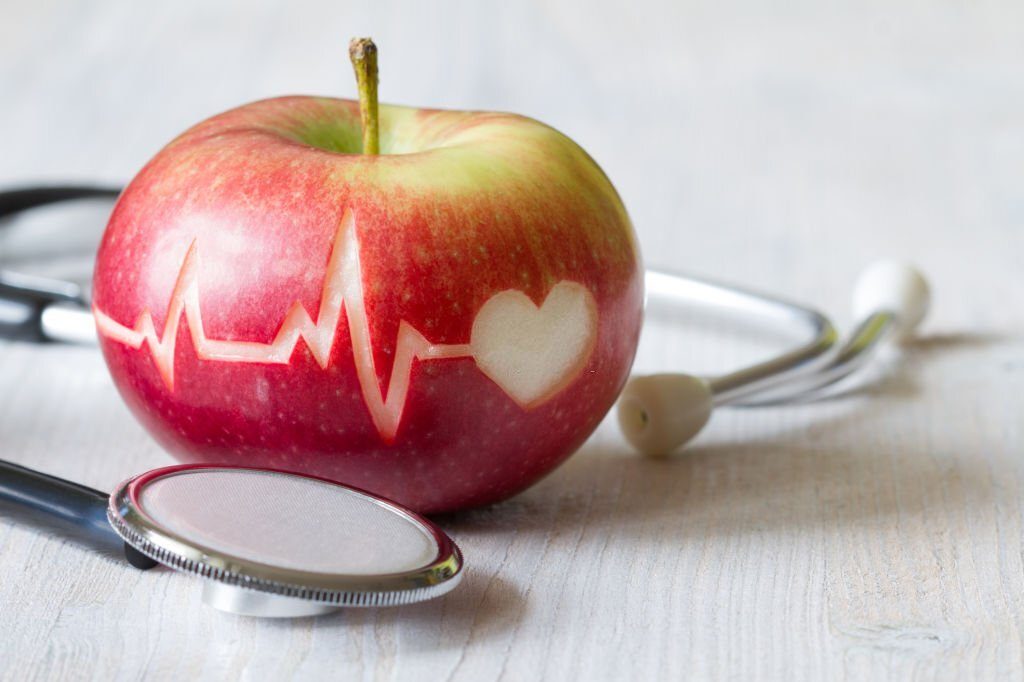
Anemia is caused by;
Risk factors involved;
Leukopenia is caused by;
Ricks factors involved;
Thrombocytopenia is caused by;
Rick factors involved;
Iron deficiency anaemia
Signs and symptoms; Fatigue, pale skin, weakness, shortness of breath, headache, dizziness or light headedness, cold hands and feet, irritability, tongue inflammation, brittle nails, increased heartbeat, poor appetite
Diagnosis; Anaemia can be tested through haemoglobin, and red blood cell count tests. Via the blood tests it can identify iron deficiency. Another indicator is the serum ferritin level, when the iron stores in the body are low, ferritin serves as a sensitive marker for iron deficiency.
Anaemia of chronic disease(ACD)
Signs and symptoms; Symptoms are from underlying causes of chronic diseases. Haemoglobin and transferrin levels are low, in ACD this occurs due to iron that’s been sequestered out of the blood.
Diagnosis; Serum Ferritin levels are used to differentiate between these diseases, as this serum is generally reduced when someone has iron deficiency anaemia, but not in ACD.
Vitamin deficiency anaemia
Signs and symptoms; Weight loss, diarrhoea, muscle weakness, mental confusion and forgetfulness.
Diagnosis; Folate deficiency causes a type of anaemia where red blood cells are enlarged, because of abnormal DNA synthesis – result in abnormal erythrocyte development.
Sickle cell anaemia
Signs and symptoms; Pain especially in the back and hips, fatigue, reduced exercise tolerance, and jaundice.
Diagnosis; Haemoglobin electrophoresis lab test can evaluate the structure of the haemoglobin in a blood sample.
Thalassemia
Signs and symptoms; Symptoms resemble anaemia, and severe symptoms present with jaundice, skin ulcers, abdominal fullness or discomfort.
Diagnosis; This resembles iron deficiency where the red blood cells appear smaller and lower in count, yet the iron levels are high.
Thrombocytopenia
Signs and symptoms; Multiple broken vessels just beneath the skin, scattered bruising, gastrointestinal or vaginal bleeding, excessive bleeding post-surgery – all due to impaired blood clotting
Diagnosis; Diagnosed with a platelet count of <50 000 per microliter of blood in a standard test.
The table below explains them:
| Disorder | Treatment |
Iron deficiency anaemia |
|
Vitamin deficiency anaemia |
|
Anaemia of chronic disease ACD |
|
Sickle cell anaemia |
|
Thalassemia |
|
Leukopenia |
|
Thrombocytopenia |
|
Anemia is caused by;
Risk factors involved;
Leukopenia is caused by;
Ricks factors involved;
Thrombocytopenia is caused by;
Rick factors involved;
Iron deficiency anaemia
Signs and symptoms; Fatigue, pale skin, weakness, shortness of breath, headache, dizziness or light headedness, cold hands and feet, irritability, tongue inflammation, brittle nails, increased heartbeat, poor appetite
Diagnosis; Anaemia can be tested through haemoglobin, and red blood cell count tests. Via the blood tests it can identify iron deficiency. Another indicator is the serum ferritin level, when the iron stores in the body are low, ferritin serves as a sensitive marker for iron deficiency.
Anaemia of chronic disease(ACD)
Signs and symptoms; Symptoms are from underlying causes of chronic diseases. Haemoglobin and transferrin levels are low, in ACD this occurs due to iron that’s been sequestered out of the blood.
Diagnosis; Serum Ferritin levels are used to differentiate between these diseases, as this serum is generally reduced when someone has iron deficiency anaemia, but not in ACD.
Vitamin deficiency anaemia
Signs and symptoms; Weight loss, diarrhoea, muscle weakness, mental confusion and forgetfulness.
Diagnosis; Folate deficiency causes a type of anaemia where red blood cells are enlarged, because of abnormal DNA synthesis – result in abnormal erythrocyte development.
Sickle cell anaemia
Signs and symptoms; Pain especially in the back and hips, fatigue, reduced exercise tolerance, and jaundice.
Diagnosis; Haemoglobin electrophoresis lab test can evaluate the structure of the haemoglobin in a blood sample.
Thalassemia
Signs and symptoms; Symptoms resemble anaemia, and severe symptoms present with jaundice, skin ulcers, abdominal fullness or discomfort.
Diagnosis; This resembles iron deficiency where the red blood cells appear smaller and lower in count, yet the iron levels are high.
Thrombocytopenia
Signs and symptoms; Multiple broken vessels just beneath the skin, scattered bruising, gastrointestinal or vaginal bleeding, excessive bleeding post-surgery – all due to impaired blood clotting
Diagnosis; Diagnosed with a platelet count of <50 000 per microliter of blood in a standard test.
The table below explains them:
| Disorder | Treatment |
Iron deficiency anaemia |
|
Vitamin deficiency anaemia |
|
Anaemia of chronic disease ACD |
|
Sickle cell anaemia |
|
Thalassemia |
|
Leukopenia |
|
Thrombocytopenia |
|